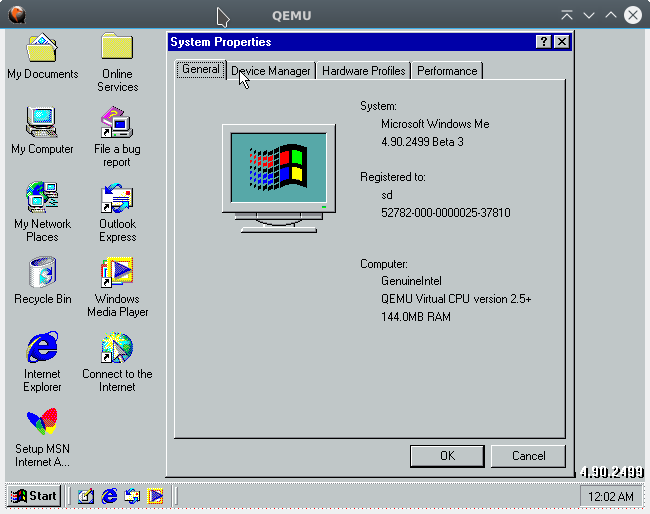

We’re working to ensure Windows meets your needs, even in demanding and mission-critical scenarios, which is why we announced Windows 10 Pro for Workstations in August.įor data scientists transforming big data into input signals and experimenting with multiple machine learning models, processing time equals productivity. The amount of video memory is displayed next to Size, as shown in the image below.In the new world of work, advanced professions increasingly require high-performance computing capabilities. Follow the steps below to determine how much video memory your video adapter has. Windows and Android, using the utility CPU-ZĬPU-Z is a free utility for Windows and Android that provides detailed system information, including the amount of video RAM. In this example, there is 256 MB of video RAM. The line you're looking for is prefetchable memory, the video RAM. The output of the command looks like the screenshot below. In our example, the domain ID is 00:02.0, so we run the command lspci -v -s 00:02.0 to get more details. The -v specifies that we want verbose (detailed) information, and the -s specifies that we want information only about the device number domain-id.


The line you are looking for is labeled VGA compatible controller. First, run lspci with no options to list information about all your PCI devices.Follow these steps to find out how much video memory you have. On a Linux system, you can see the specifics of your graphics hardware using the command line utility lspci. In the Graphics information line, you see details about your graphics hardware, including the amount of video memory.From the Apple Menu in the upper-left corner of your screen, select About This Mac.Your GPU's memory is shown next to the Memory Size entry, under Adapter Information.Right-click the desktop and select Properties.Your video card's memory is displayed on the Adapter tab, next to the Dedicated Video Memory entry (shown below).A new window should appear with your video adapter's properties, similar to the image shown below.On the middle of the right side of the screen, click the Advanced settings.Under the Appearance and Personalization, click Adjust screen resolution.Press the Windows key, type Control Panel, and then press Enter.For further information about storage sizes, see: How much is 1 byte, kilobyte, megabyte, gigabyte, etc.? Windows Vista and Windows 7 To determine how many gigabytes (GB) of memory that is, divide it by 1024. In the above picture, the video card has 2048 MB of memory.


 0 kommentar(er)
0 kommentar(er)
